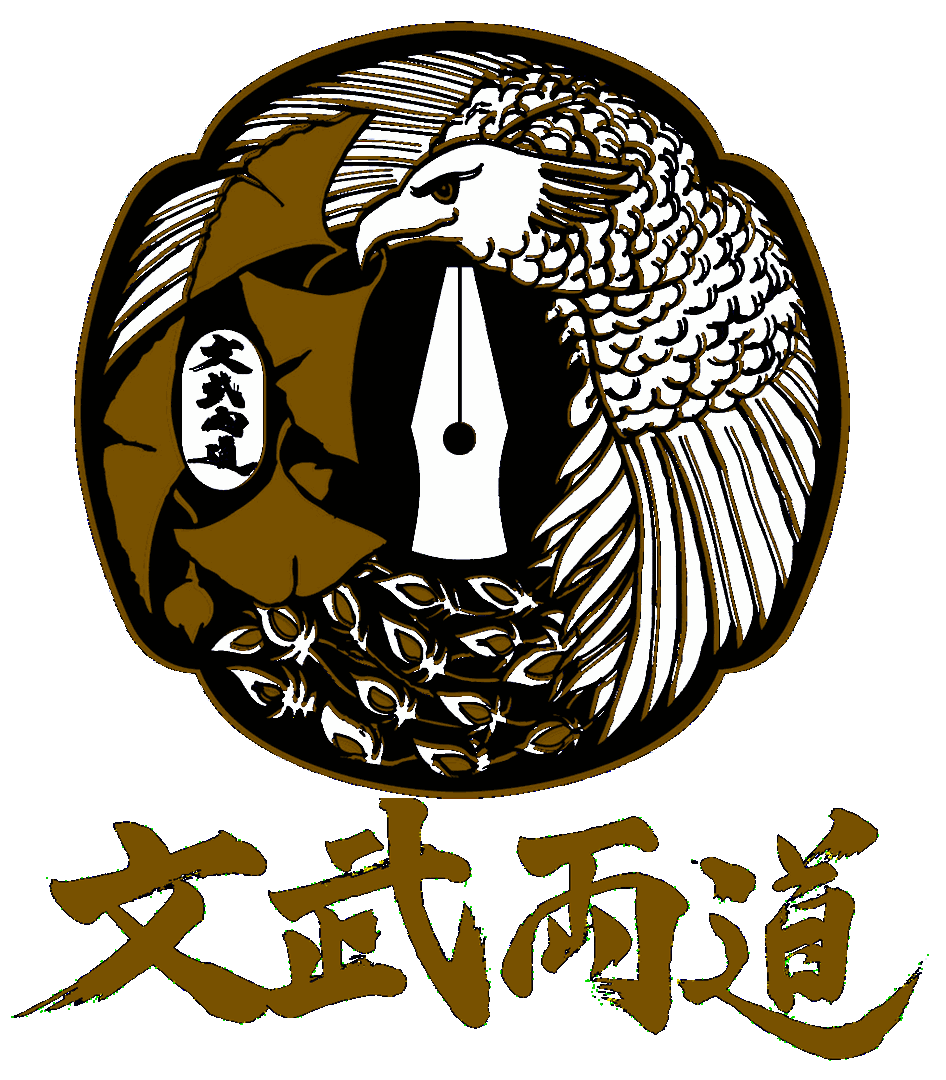Michael is the founding President of BBRD. He is an active instructor and participant in many of the Club's disciplines. He has been involved with the martial arts since he was a teenager and has always been fascinated by the links between the physical and intellectual practice at the core of martial arts. Over the years he has been very fortunate to have had the opportunity to train under a number of world-class practitioners and teachers in a wide range of disciplines. He currently holds dan (black belt) rankings in Jujutsu, Kendo, Iaido, and Karate. At the Club, he teaches Jujtusu, Kendo, and Iaido, and is responsible for coordinating training in Go, Arnis, Kyudo and many of the Club-sponsored conditioning activities.
Back to Arnis, Conditioning, Go, Jujutsu, Kendo, Seitei Iaido
Contact Michael by e-mail
The following are answers to interview questions posed to all of the Club's instructors.
So why the martial arts?
Martial arts provide a unique opportunity to engage in an activity that has clear physical, mental, cultural and interpersonal dimensions. As a child, I spent a fair bit of time recovering from a very serious road accident — one that had me in hospital for eight weeks and then another two years of recovery and rehabilitation. It meant that at the time I was negotiating the awkwardness of adolescence, I was also trying to reconnect my sense of self and my physicality. I started to train in Goju Ryu Karate as a 14 year old under the direction of John Jarvis, sensei's, students in Wellington, New Zealand. It felt liberating to finally have a physical activity where I did not feel like I was going to let down the "team" if I could not perform physically, and instead could simply focus on my own growth and recovery.
Always think how to transition and move.
What is your philosophy for what you do?
At the core of my practice is a desire to be a good example to my students and continue to hold true to my core values. This means that I have a desire to be the kind of person that makes a worthwhile contribution to the lives of those that come into the dojo, be it for a single lesson or if that time is measured in weeks, months or years.
I strongly believe that conflict resolution is as much about understanding and controlling your own thoughts and actions as it is to engage with someone who is opposing you. In Kendo, for instance, there is a concept of "four weaknesses"— fear, surprise, confusion, doubt — that you need to eliminate from your practice. It means that in the clash between yourself and your opponent what you are actually attempting to do is overcome those weaknesses in yourself rather than be focussed on "defeating" your opponent.
Be prepared to receive: A student's development must come first.
Enzan no metsuke — Looking at a far mountain.
What do you think the main benefits of martial arts are to the practitioner?
There are, of course, direct physical benefits that regular training bring and an obvious boost to confidence and sense of safety that comes with training in the martial arts. However, the true benefits come from the development of determination, resilience, compassion and a strong ethical compass.
These psychological aspects are the hardest to nurture, but ultimately of the most value as they are transferable to all aspects of your life and allow you to to continue improving in the martial arts as you get older. I am always impressed by the abilities of my Sensei, who in some cases are in the 70s, and who continue to out perform people less than half their age.
At the Australian University Games, 2013
What is your approach teaching in the martial arts?
I have always strived to make the teaching space I am responsible for an inclusive, productive and challenging environment. I seek to tailor the learning experience for individual students so that they have the best opportunity to improve technically and psychologically.
I have taken from the Systema approach the notion that by creating an environment where students aren't "frozen" by the level of discomfort in their training, they can actually learn much more deeply and more quickly as they explore their own boundaries of comfort. This "comfort zone" can vary greatly between students, and even be different from day to day for an individual student. Train too far inside it and you simply get no benefit from the practice. Train to far outside it and you can halt learning all together.
My purpose as an instructor is to help students recognise where that boundary is, and to foster a desire in them to stretch that boundary outwards, as a pathway to personal growth.
Back to Arnis, Conditioning, Go, Jujutsu, Kendo, Seitei Iaido or Systema
Contact Michael by e-mail





